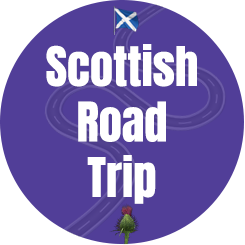Looking for an exciting adventure on the open road with a little less hills and a little less of the single track camper van mayhem of the North of Scotland? Look no further than the Scottish Borders Historic Route.
This lovely road trip takes you through some of Scotland’s most stunning landscapes on some less travelled routes, from rolling hills to fascinating historical sites and charming towns, giving you a chance to immerse yourself in Scotland’s rich culture and history. The Borders Historic Route is sure to leave you with memories that will last a lifetime.
Here are some of the best things to see in the Scottish Borders…
1. Edinburgh Castle

Edinburgh Castle is one of the most iconic and oldest landmarks in Scotland, located atop an extinct volcano in the heart of Edinburgh. This historic fortress and royal residence has been part of Scotland’s history for more than 900 years, offering visitors a glimpse into the past.
The main draw of the castle is The Royal Palace, which was home to Scottish royalty for centuries. Visitors are able to explore the interior of this grand building and view priceless artefacts such as the Honours of Scotland – which includes Scotland’s Crown Jewels, The Stone of Destiny, Mary Queen of Scots’ bedchamber, and St Margaret’s Chapel (the oldest building in Edinburgh).
Outside on the castle grounds you can take in views across Edinburgh city centre while exploring attractions like Mons Meg (an ancient cannon), Great Hall and National War Memorial. There are also vibrant events throughout the year such as musical performances in summer months or Illuminated Evening Tours during winter months.
Edinburgh Castle is not just a place full of history but also beauty and charm, within easy reach of the Scottish Borders.
> Map Link
2. Rosslyn Chapel

Rosslyn Chapel is one of Scotland’s most renowned landmarks, steeped in history and allegedly the source of many myths and legends. Located in Midlothian, on the Scottish Borders Historic Route, this small yet beautiful chapel attracts thousands of visitors each year who come to explore its fascinating history and take in the stunning architecture.
The chapel was founded by William Sinclair in 1446, and was built as a place of worship for the local community. Despite being an unfinished construction, the chapel is a remarkable example of Gothic architecture with intricate stone carvings covering its walls and ceilings. In particular, the enigmatic ‘Keys of Solomon’ carving which lies near to the entrance has been much speculated over by historians.
Today, Rosslyn Chapel serves as a place public worship for guests from all walks of life. Its grounds are also home to a churchyard cemetery which boasts some striking gravestones dating back centuries along with a peaceful herb garden and beekeeping hives. Visitors should also be sure to explore some of the other historic buildings onsite such as St Ninian’s Chapel – another monument that still stands despite being heavily damaged in World War II.
Rosslyn Chapel is an incredible sight both inside and out; it is full of mystery and beauty that promises something new around every corner! Be sure to make your visit soon!
3. Dalkeith Country Park
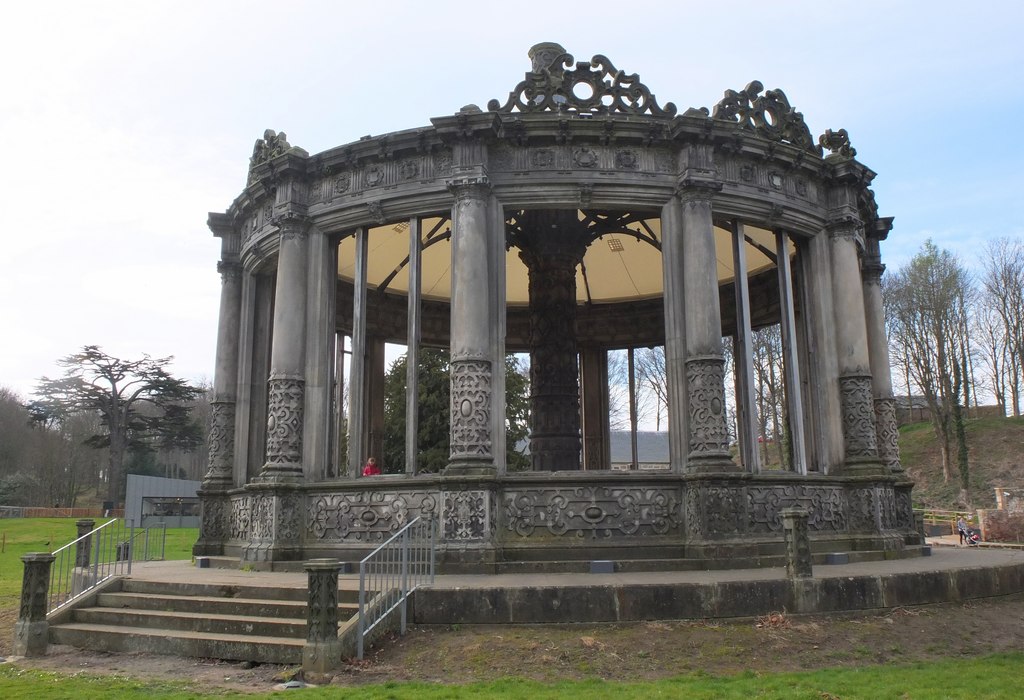
Dalkeith Country Park is one of Scotland’s most beautiful and historic country parks, located just outside the bustling city of Edinburgh. This sprawling estate covers 800 hectares of picturesque landscape and is home to a variety of interesting attractions, from a 17th-century palace to a diverse range of wildlife habitats.
The jewel in the crown is unequivocally the 16th century Dalkeith Palace, formerly owned by the Earl of Orkney and later occupied by royalty. This stately home offers a grand tour through its gilded halls and Renaissance gardens, taking visitors back to another time. The palace grounds are also home to a number of shops including an art gallery, antiques store, gift shop, and cafe.
The park offers plenty for nature lovers too, from winding trails through stunning woodlands to peaceful lochs teeming with wildlife. You can search out rare birds at Craigieburn Garden, explore exotic plants in The Walled Garden or spot wildflowers across meadows and grasslands. There are also dozens of adventure play areas dotted around the estate where kids can enjoy hours of fun! Fort Douglas is the biggest which is paid entry but absolutly fantastic.
Dalkeith Country Park is an idyllic destination for both families and couples alike; it provides something for everyone all year round!
4. National Mining Museum Scotland
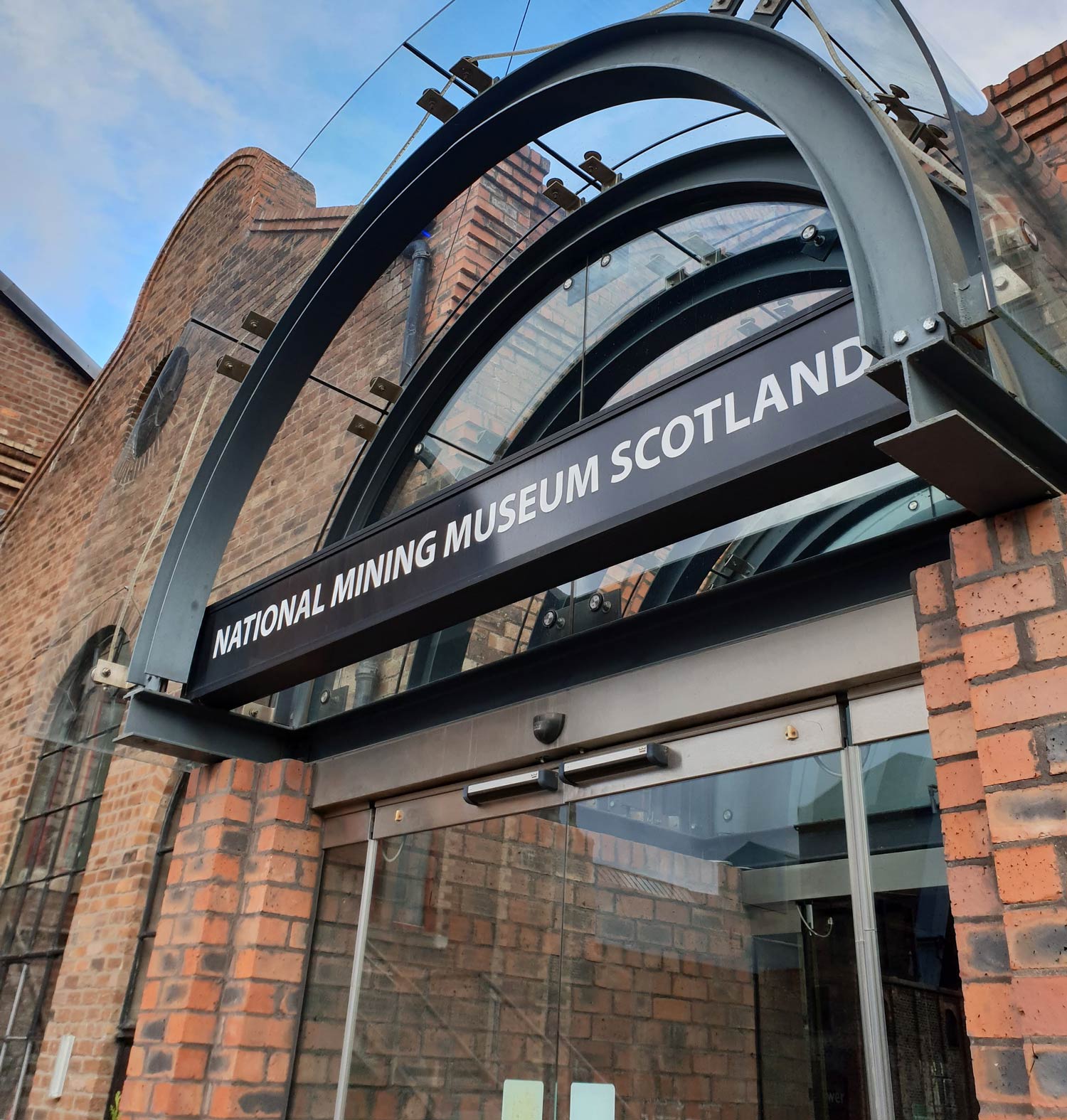
The National Mining Museum Scotland is an interactive museum located in Newtongrange, Scotland, celebrating the history of coal mining in the Scottish Borders and beyond. Inside the museum, visitors can explore a deep coal mine, view a collection of artifacts from all over the world, take part in educational activities for all ages, and watch audio-visual presentations about the industry. There’s even a miniature railway to transport guests around the site. In addition, there are regular events such as re-enactments and talks where guests can get up close and personal with some of Scotland’s ex-miners.
5. Abbotsford House
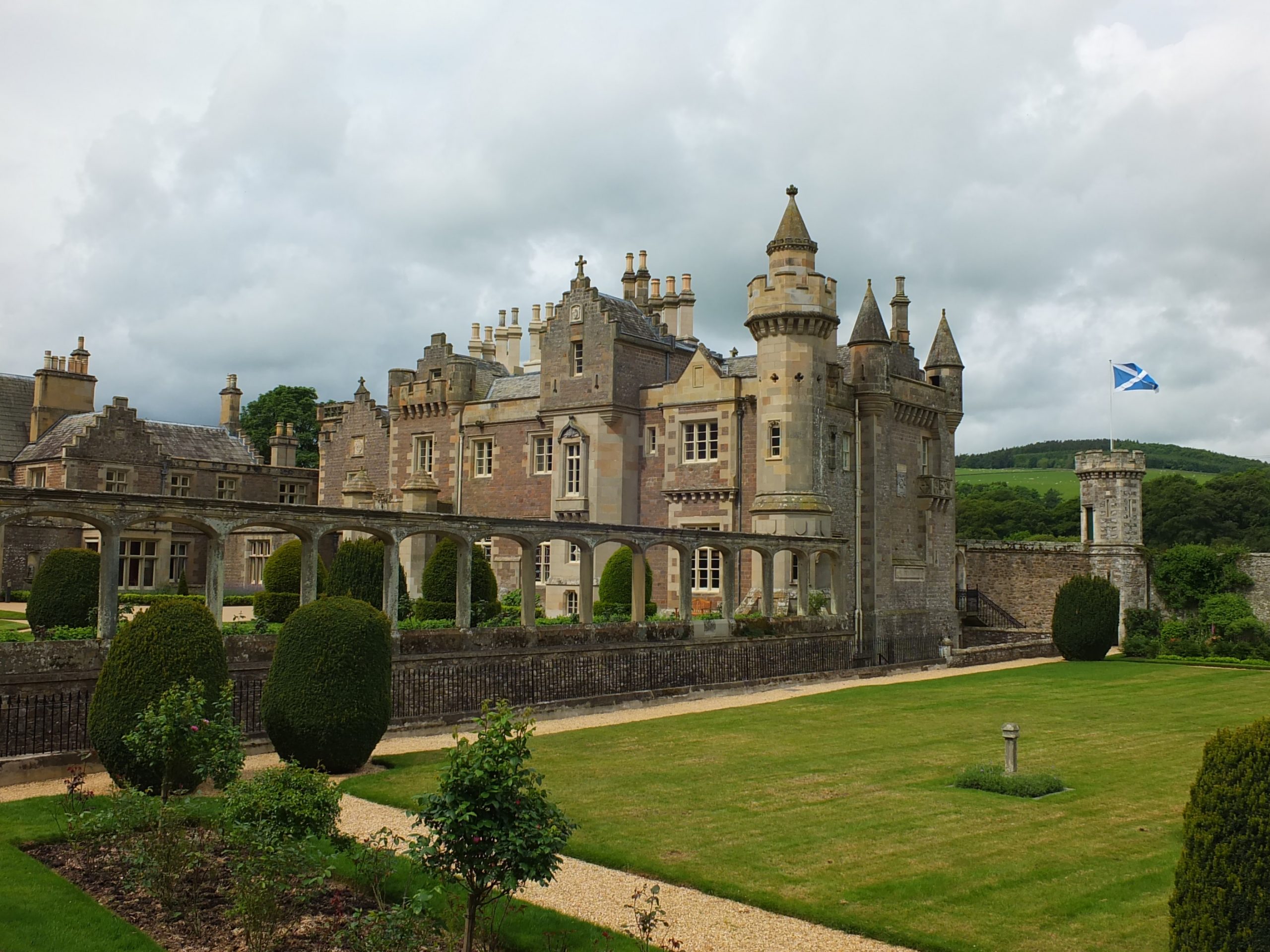
One of the mot popular stops on the Scottish Borders Historic Route is Abbotsford House: a historic country house situated near Melrose, Scotland. Set in 11 acres of land overlooking the River Tweed, the estate was created by the renowned 19th century novelist and poet Sir Walter Scott. Opened to visitors in 1833, it has been carefully restored over the years and now provides a window into Scott’s life and works.
The house itself features a number of special attractions including two period dining rooms, numerous libraries and collections of artworks from throughout the ages. Famous pieces include oil paintings by Gainsborough and Waterhouse as well as drawings from illustrator John Flaxman. A notable feature is undoubtedly Abbotsford’s gothic architecture, which is designed to resemble a castle, with turrets, crenellations, gargoyles and battlements all adding to its charm.
One of the most popular activities at Abbotsford is exploring its gardens.10 acres are divided into various styles that date back hundreds of years. Whether you wish to wander amongst ancient trees or uncover hidden follies such as grottos or hermitages, there is something for everyone here. In addition, guests can view farm animals roaming around designated enclosures or make use of relaxing picnic spots dotted around the grounds.
From literary tours around the house to learning how traditional Scots lived centuries ago at The Kitchen Larder or visiting seasonal events like Scotch Whisky Experiences and Night Tours – there are plenty of reasons why you should visit Abbotsford House as part of your Scotland Road Trip.
6. Melrose Abbey
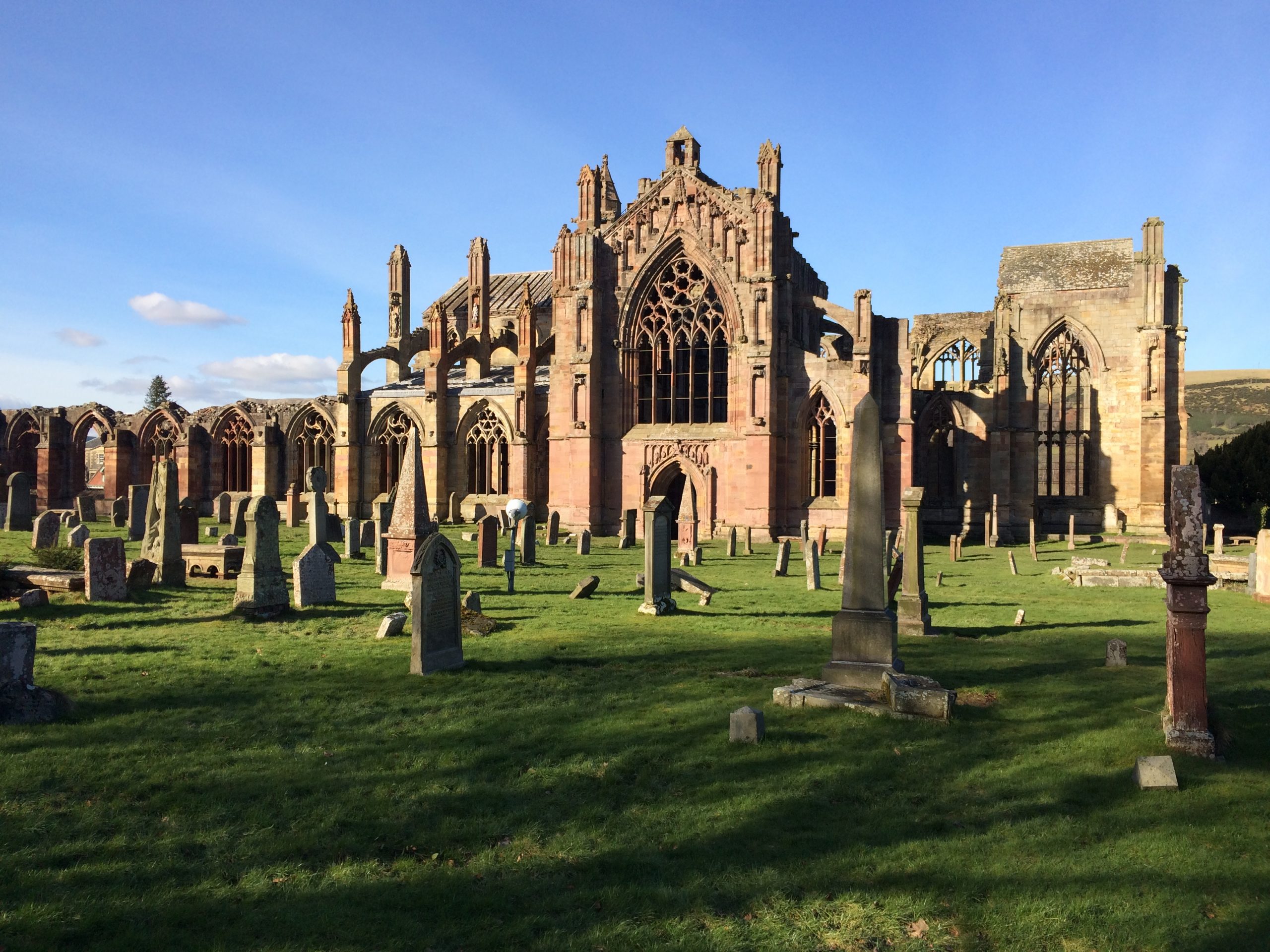
Melrose Abbey is one of Scotland’s most iconic historical sites, situated in the small town of Melrose in the Scottish Borders. Founded by Cistercian monks in 1136, it has been a popular destination for pilgrims, tourists and admirers ever since.
The abbey itself is beautiful and renowned for its detailed stonework, including intricate carvings on columns as well as statues depicting various saints. Visitors can see something unique at each turn with grand arches, decorated chapels and cloister galleries all adding to the sense of awe and wonder.
But the real treasure here lies buried beneath the ruins – The Heart of Robert the Bruce. The King’s embalmed heart was said to be kept in a casket that was interred between two standing stones at Melrose Abbey upon his death in 1329. It is believed that his heart was later removed during repairs to strengthen an archway in 1818 – but academic debate continues as to whether this is true or not!
For those seeking more than just history, there are also outdoor activities available such as cycling and walking trails, as well as play parks designed especially for children. Additionally, events such as music performances throughout summer months aim to bring more joy to visitors of all ages.
Melrose Abbey offers much more than meets the eye – from fascinating tales of long-deceased kings to beautiful gardens ripe for exploration, it promises centuries-old romanticism wrapped up with plenty of modern attractions.
7. Lindean Mill Glass
Lindean Mill Glass is a small, family-run business located in the Scottish Borders. Established in 1978, it is well known for its handblown glass ware, which is made using traditional techniques that have been passed down from generation to generation.
Lindean Mill Glass specialises in producing unique pieces of fine art glass in vibrant colours and interesting shapes including vases, globes, paperweights and bowls. Everything you create can be customised with a variety of designs such as Celtic knots or landscapes. Many people come to this destination for the sole purpose of experiencing the ancient craftsmanship that goes into making each individual piece – something that has remained unchanged for hundreds of years.
As well as being a great place to buy souvenirs and gifts (where better to take home a truly special memento than straight from its makers?), visitors can also watch glassblowers at work onsite. This gives them an insight into the skill it takes to produce beautiful works of art with nothing more than breath and heat – all while learning about local history and culture too.
8. Lochcarron of Scotland
Lochcarron of Scotland is not just your average clothing company, but a world-renowned manufacturer of high-quality Scottish textiles. Based in the idyllic Scottish Borders, the company’s rich history dates back over 100 years and boasts traditional techniques fused with modern designs. From tartan kilts to cozy cashmere scarves, Lochcarron’s signature products are made with the finest materials and full of character.
Their passion for Scottish heritage and craftsmanship is evident in every piece of clothing they make, making them a favorite among Scots and people worldwide. So, whether you’re looking to add a touch of Scottish flair to your wardrobe or simply appreciate exquisite quality, Lochcarron of Scotland is the perfect choice.
9. Hawick
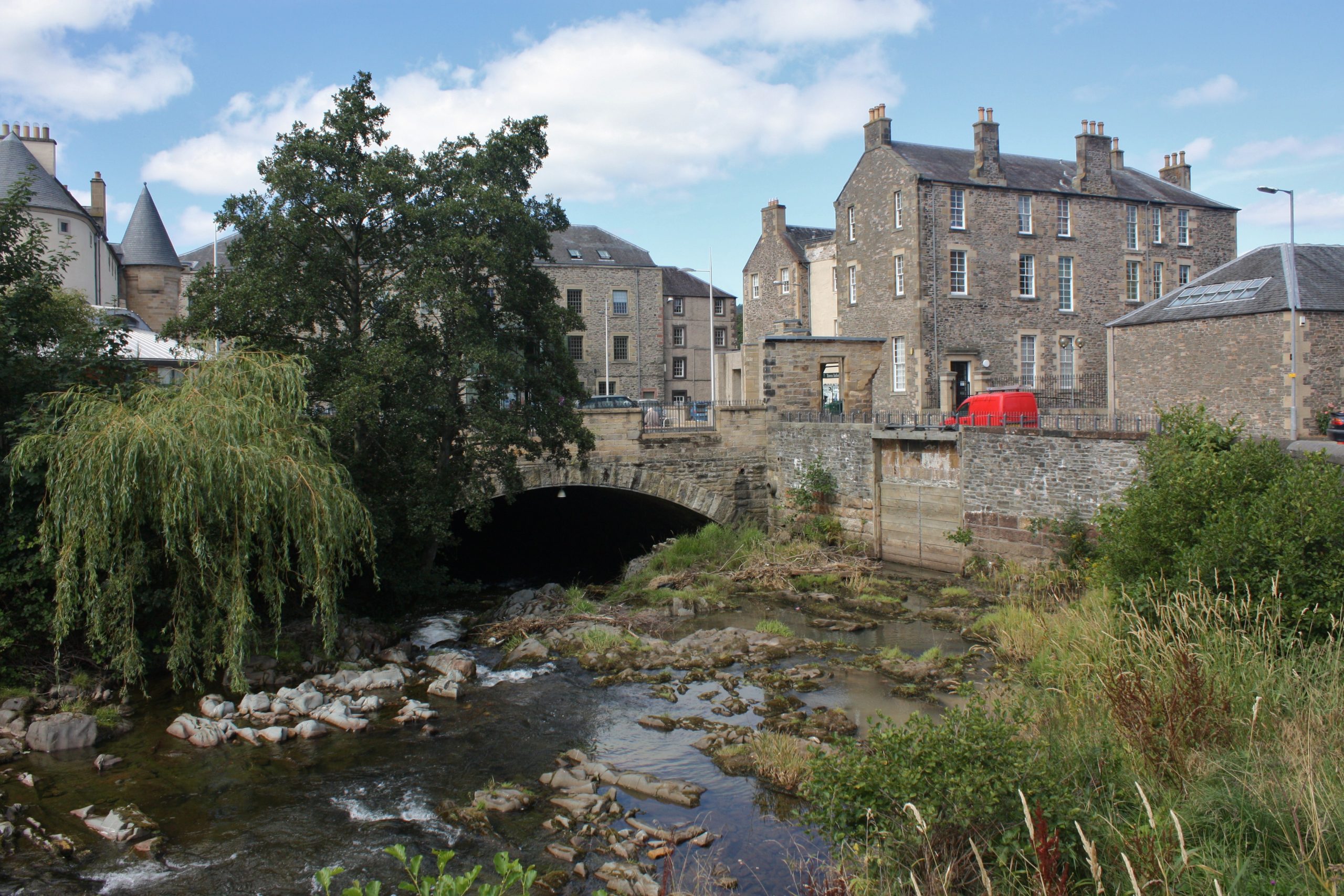
Hawick, in the Scottish Borders, is a bustling market town with a rich history and unique culture. Located on the banks of the River Teviot, it dates back to the 13th century when it was founded by Sir Walter Scott, as he sought to protect his estate from invading English forces.
Today, Hawick is known for its stunning landscapes and vibrant local arts scene, which includes its famous annual traditional music festival. The town is also renowned for its weaving industry, which has been flourishing here since the 1760s – making it one of Scotland’s longest-running businesses.
It’s no surprise that Hawick has become an iconic symbol of Scotland’s national identity. From its historic castle and abbey ruins to St Mary’s Church – its oldest surviving building constructed in 1180 – visitors will find plenty of culture and heritage to explore in this charming corner of the world.
The countryside that surrounds Hawick is especially stunning; with rolling hills, picturesque glens and miles of peaceful forests, it really is a great place to get away from it all. There are also plenty of opportunities for outdoor activities such as fishing, mountain biking and golf so you can easily make a holiday out of your visit.
10. The Gilnockie Tower
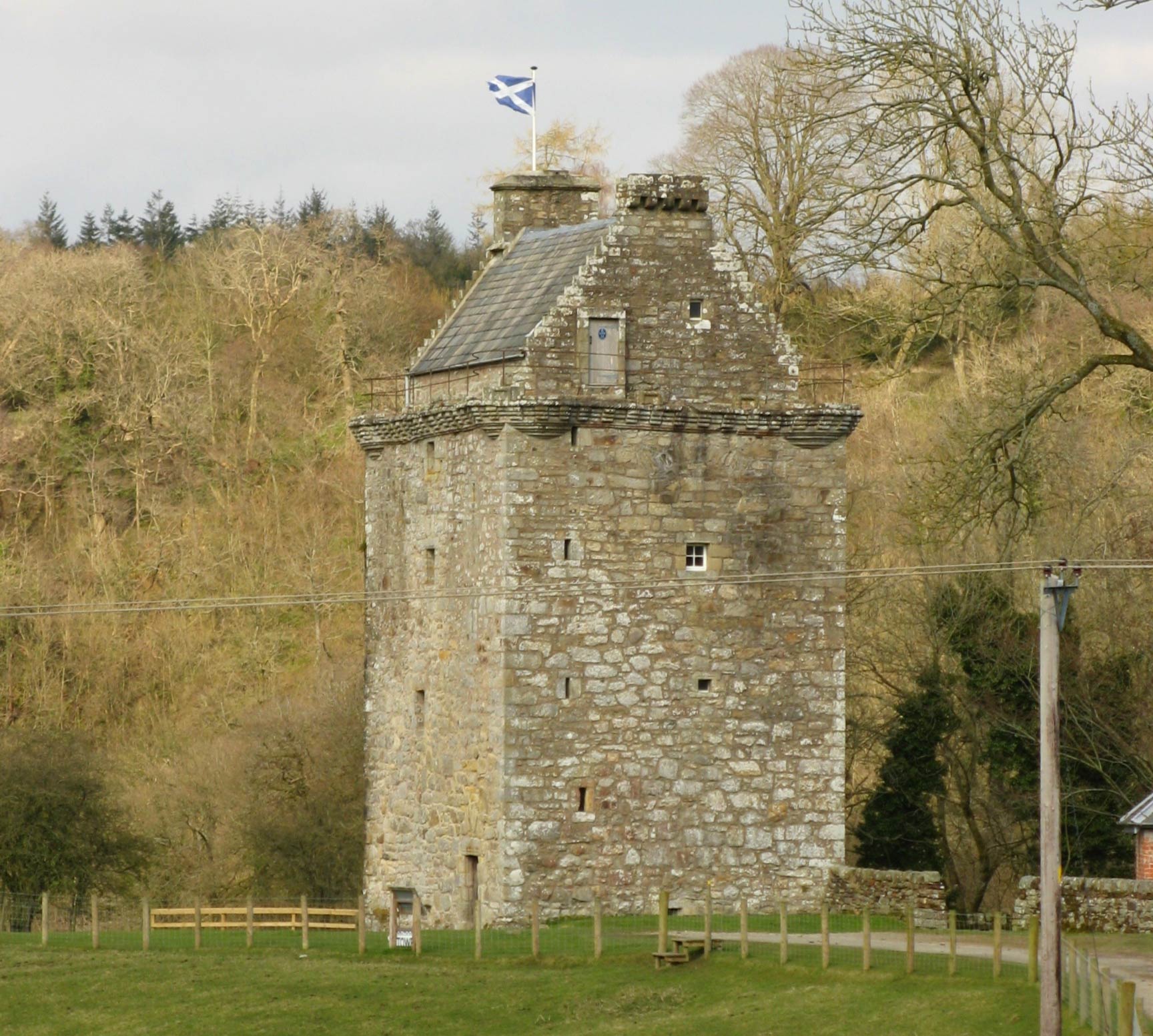
Gilnockie Tower sits proudly atop a hill in the Scottish Borders, overlooking the River Esk. Built around 1530 by Clan Armstrong, this impressive tower house was once home to the infamous ‘Border Reiver’ Johnnie Armstrong of Gilnockie.
Johnnie was known as a fierce leader and a passionate defender of his people. He led many successful raids into England and became one of the most feared and respected figures in the Scottish Borders. Eventually, however, he was betrayed by King James V and taken prisoner in a raid at Carlenrig near Canonbie. Despite his imprisonment, he never lost his reputation as a formidable warrior and earned himself the nickname ‘Johnnie Wisheart’ – or “hearty Johnny” – when he returned to Gilnockie in 1530 after his release from captivity.
Today, visitors can tour the 16th-century tower house and explore its various rooms which have been restored to their original condition. Discover how the Armstrongs lived during this turbulent period in Scotland’s history; admire the impressive armaments used for defensive purposes; and even take part in special re-enactments which bring this remarkable structure to life.
Beyond its fascinating past, there is plenty more to explore in the area surrounding Gilnockie Tower too. Enjoy picturesque walks along nearby riverside paths and admire stunning views from iconic vantage points such as Greystone Hill.
